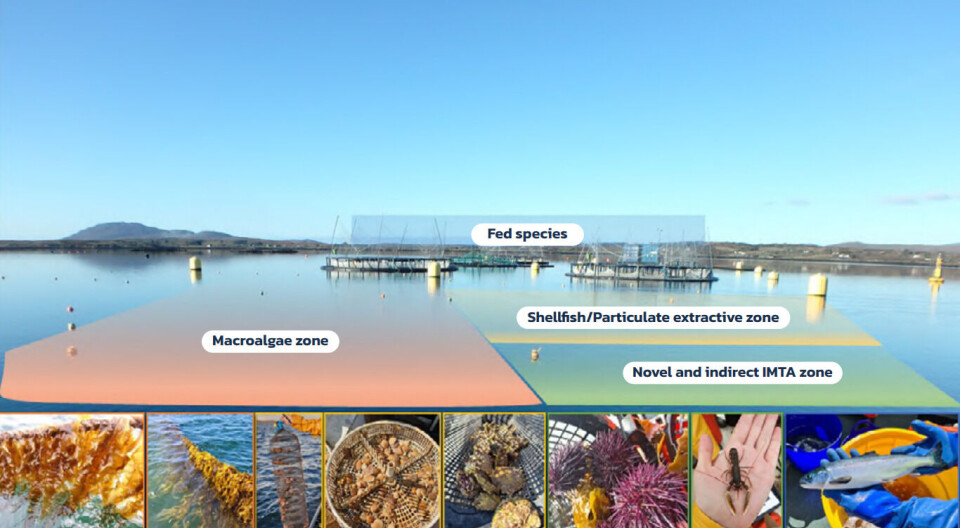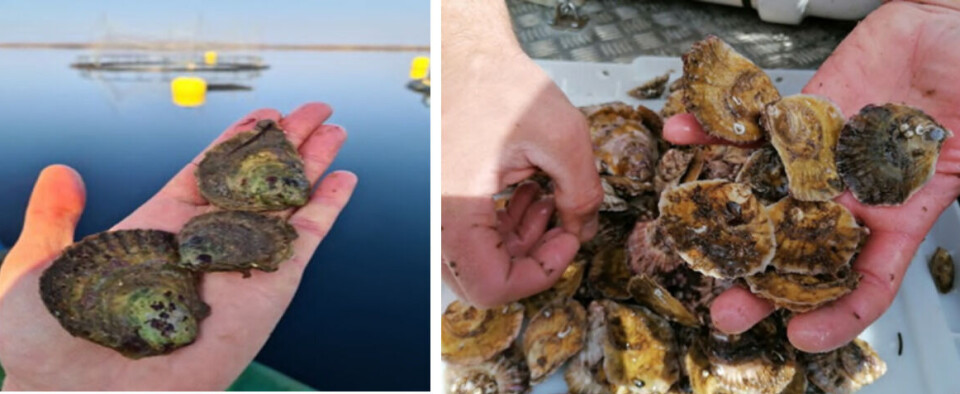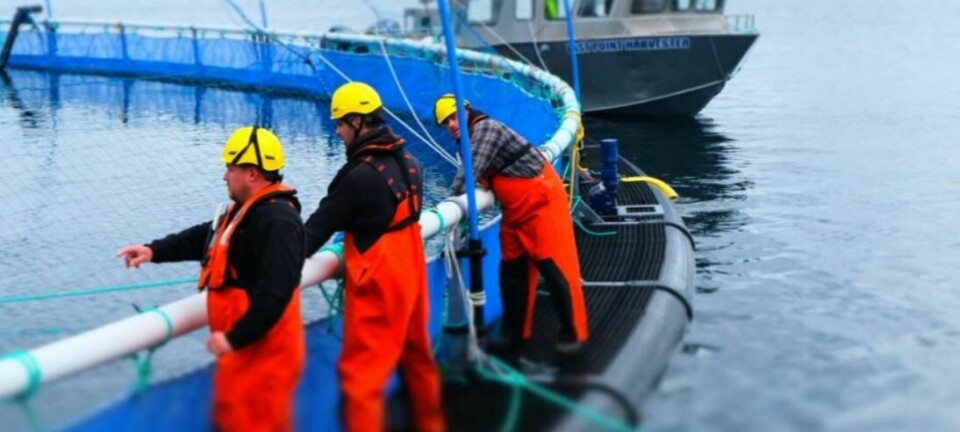
Free IMTA manuals published by EU-backed project
Multi-species efforts in Scotland, Ireland, South Africa and Brazil show how it can be done
Three free manuals offering step-by-step guidance for species cultivation in three Integrated Multi-Trophic Aquaculture (IMTA) system types have been published by the European Union-funded ASTRAL project that aims to develop IMTA production chains for the Atlantic markets.
The manuals cover open water IMTA, land-based pump ashore systems, and biofloc systems and can be downloaded from here.
The open water IMTA manual looks at non-commercial systems at the Lehanagh Pool research site run by Ireland’s Marine Institute facility in Bertraghboy Bay, Connemara, and a seaweed and oyster farm operated by the Scottish Association for Marine Science (SAMS) near Oban.
The manual provides detailed instructions of the cultivation techniques for each of the species trialled at the systems, which in Ireland include finfish (Atlantic salmon, lumpfish, and ballan wrasse), extractive species (seaweeds, scallops, oysters, urchins, and sea cucumber) and a novel species (European lobster).

All three manuals contain the same overview of IMTA.
“IMTA benefits are environmental sustainability through bio-mitigation, economic stability through product diversification and, risk reduction and social acceptability through better management practices. IMTA may lead to increased biomass production, waste reduction, and new opportunities with regard to spatial use and species diversification,” the manuals state.
But they also point to economic and regulatory challenges.
“Generally, there is an imbalance in income between the trophic layers and this can discourage the adaption of the concept. Adding other trophic levels to monoculture set-ups increases the complexity of farm husbandry and infrastructure and increases costs and efforts. Farmers are familiar with current systems and change is unattractive and can be risky.”
Biosecurity
Concerns around biosecurity when additional species are introduced, or when water is recirculated or coproducts are returned to the systems as feed, need to be researched and assurance given to allow for increased societal acceptance of IMTA products, the manuals add.
They also say that the economic, biological and societal benefits of integration need to be demonstrated if it is to be more widely adopted.
“The whole value of the IMTA production systems and the ecosystem services they provide have to first be recognised. This is the phase we are presently in. Next will be the valuation/monetarisation of these services and their uses for regulatory and financial incentives to make aquaculturists, regulators, aquaculture practices and society evolve.”
Pauline O'Donohoe, aquaculture researcher at the Marine Institute in Galway and co-author of the open water manual, said: “The details contained in these manuals demonstrate how the current monoculture aquaculture industry could diversify to IMTA to enable a more sustainable future for marine aquaculture.”
Abalone and sea lettuce
The land-based pump ashore IMYA manual describes how production is carried out at Buffeljags Abalone on the Cape south coast of South Africa.
It produces abalone, a fed species, along with two novel fed species, the Collector sea urchin and the Cape sea urchin, and an extractive species, sea lettuce.
The sea lettuce feeds off the waste/nutrients released by the abalone and Collector sea urchin, and serves as a supplementary feed for the abalone and urchins. Faecal material from the urchins is also used as supplementary feed/probiotic for juvenile abalone.
The biofloc manual describes the work carried out at the Federal University of Rio Grande (FURG) IMTA production system in Brazil. The laboratory operates as a land-based IMTA system within a greenhouse, utilising a full recirculation approach and cultivating various species, including white-leg shrimp, tilapia, oysters, halophytes (salt-tolerant plants) and sea lettuce.





















































